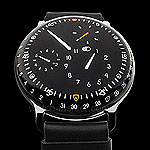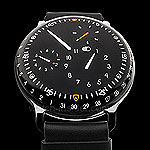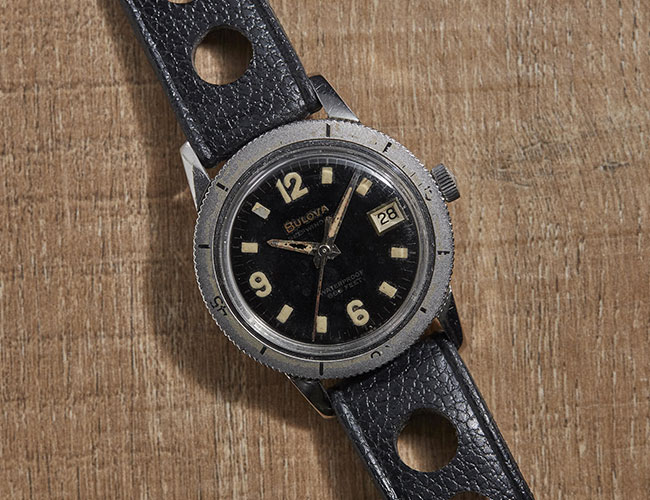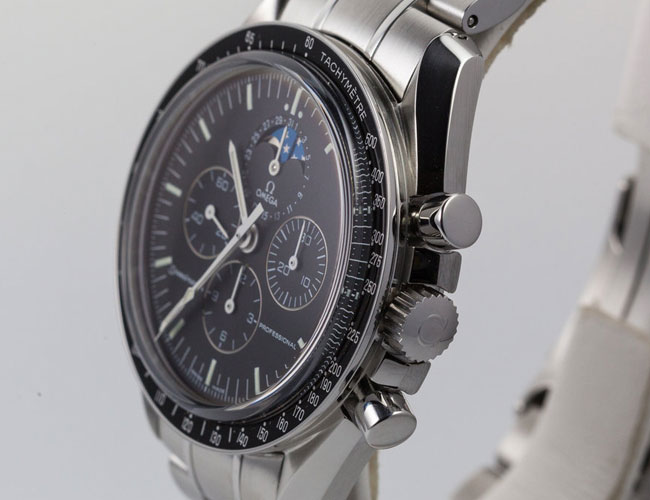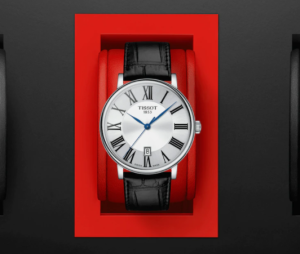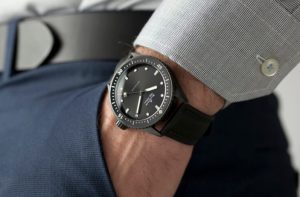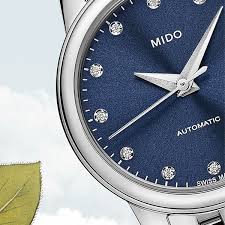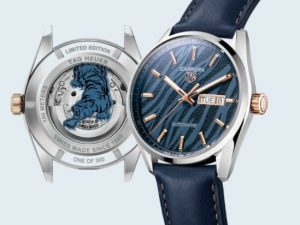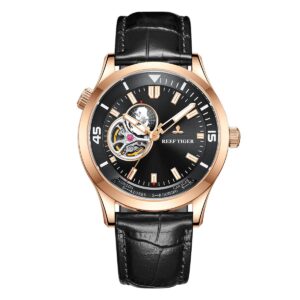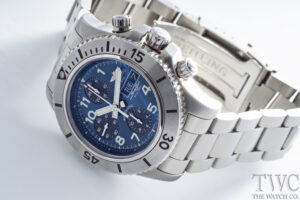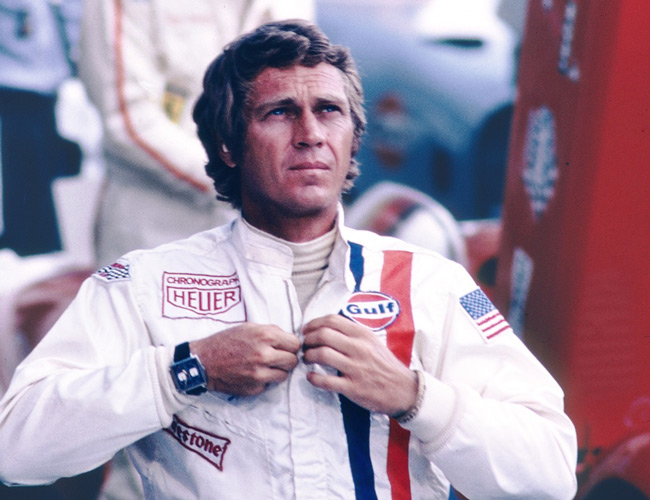
In the years following WWII, the Jet Age, the Space Race and motor racing assailed the public consciousness. Planes, rockets and fast cars drove technological innovation, but they also exemplified the human spirit in an era when people were looking to move beyond the war’s milieu austére. Where time was a factor in the development and functions of these machines, a special watch, the chronograph, which could record time-related data, became the tool of choice for pioneers.
Pushing boundaries required more than just a way to record basic times, and soon the chronograph was rethought, and redeveloped into a specialized tool. Throughout the 1960s, ’70s and ’80s, dials and bezels became more functional, movements became more evolved and the chronograph watch traveled to places and performed functions no other timekeeping complication had gone or done before. Along the way, their complex dials and dual push pieces became associated with cocksure professionals who wore them, like Jo Siffert and Neil Armstrong. These are five of the most the iconic, game-changing chronographs of their era, which to this day remain the most fascinating and distinguished watches of all time.
More Watches 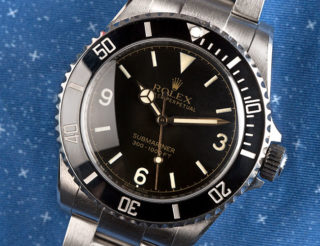 The Man Making New Rolexes Old Again
The Man Making New Rolexes Old Again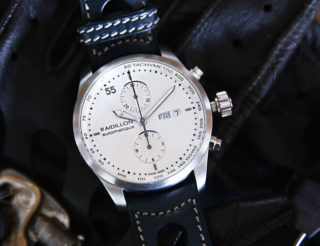 Review: A Unique Take on the Racing Chronograph
Review: A Unique Take on the Racing Chronograph How to Adjust a Metal Watch Bracelet
How to Adjust a Metal Watch Bracelet
1952: Breitling Navitimer
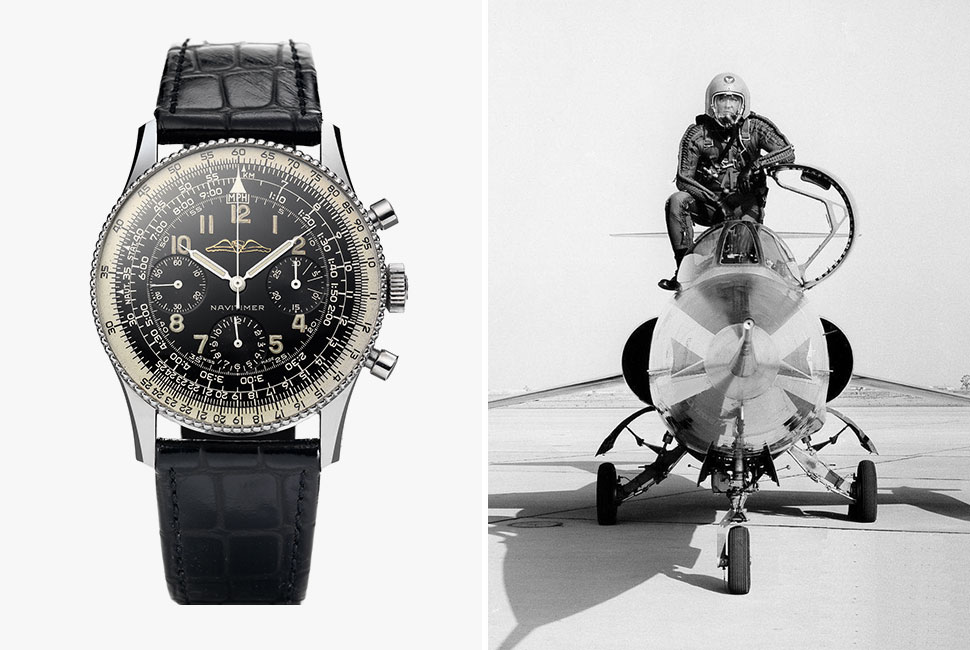
The Pilot’s Chronograph: By 1952 pilots were already familiar with Breitling — the company built onboard chronographs for aircraft cockpits, and Breitling’s Chronomat (released in 1942) was popular in the industry. In addition to its chronograph movement, it had a slide rule that could be used for simple calculations like division, multiplication and unit conversions, making it even more popular among engineers and mathematicians. With the help of the Aircraft Owners and Pilots Association (AOPA), Breitling created a version, the Navitimer, specifically for pilots. It kept the slide rule of the Chronomat but added a third scale and borrowed functions from the E6B flight computer. The new Navitimer made completing speed and distance calculations quicker and easier, solidifying Breitling’s place as the de-facto watch brand for aviators.
Learn More: Here
1957: Omega Speedmaster
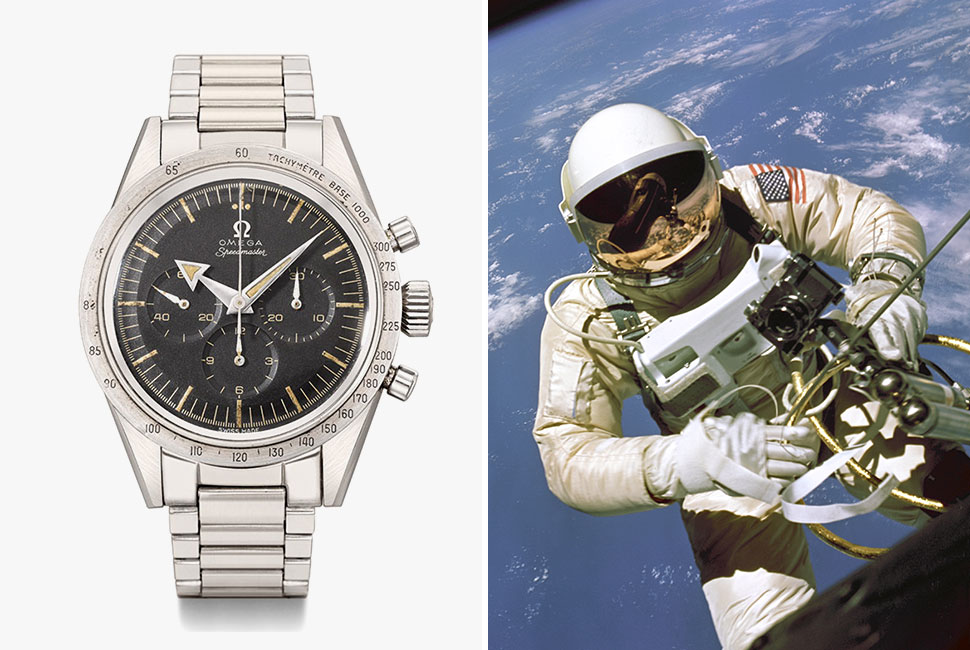
The Space Chronograph: When the Speedmaster launched in 1957, motorsports were becoming increasingly popular and OMEGA was the official timekeeper of the Olympic Games. So at its launch the OMEGA Speedmaster was not intended for any use outside of timing motor races and sporting events. But in 1962, after astronaut Wally Schirra wore his own personal Speedmaster during the Mercury-Atlas 8 mission, NASA realized the chronograph’s usefulness on future missions, and decided to test the Speedmaster along with a selection of chronographs from brands like Rolex, Breitling and Longines to see what would be best suited for NASA’s needs. After testing for durability when subjected to extreme temperature, vibrations, shock, acceleration and other harsh conditions, the Speedmaster remained accurate within five seconds per day and was chosen as the official watch. This was no doubt thanks to its shock-proof and ant-magnetic case, making it one of the most durable chronographs of its time. Its toughness and its role in space exploration made it a favorite among enthusiasts and has since cultivated one of the strongest fandoms in the industry.
Learn More: Here
1962: Heuer Autavia
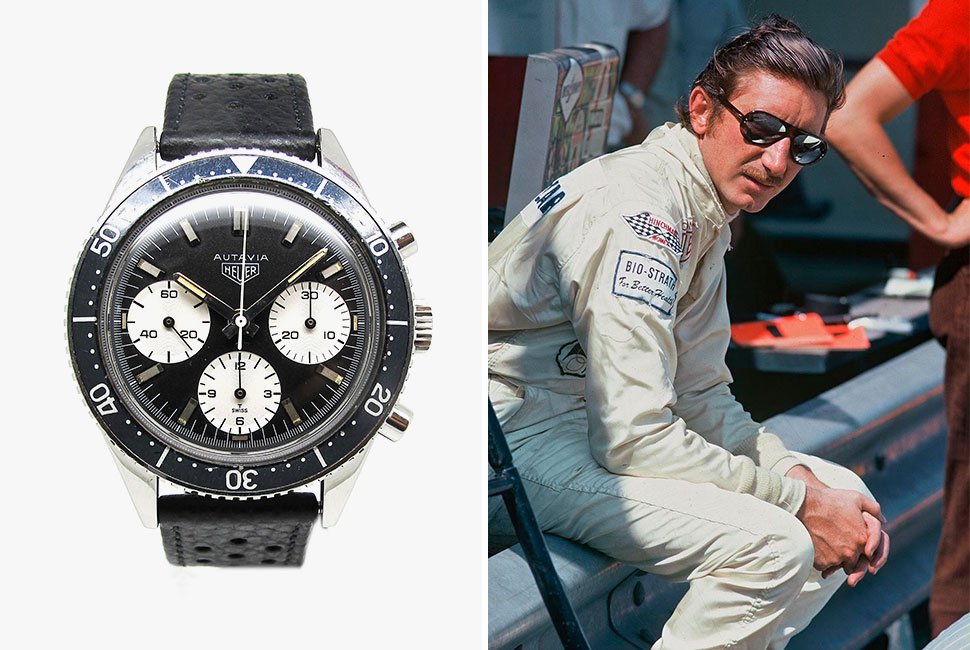
The Racing Chronograph: The Heuer Autavia started life as a dashboard timer in the 1930s, used in both racing cars and aeronautics (Autavia is a portmanteau of both “auto” and “aviation”). The original Autavia was eventually replaced by the Monte Carlo and the Auto-Rallye, but in the early ’60s when Jack Heuer was looking to revamp his range of chronographs he returned to the Autavia name. The resulting watch was the first Heuer chronograph with a rotating bezel. In 1967 when Heuer launched a new case design, it included a tachymeter scale on the rotating bezel. The rotating tachy made more complex measurements (like average speed over long distances) easier; thanks to Heuer’s reputation on the dashes of earlier rally cars, the Autavia (and later Heuer Chronos) became a hit with racers like Mario Andretti, Jochen Rindt and Jo Siffert in the ’60s and through the’70s. And while Heuer’s Monaco and Carrera are considered the brand’s greatest racing chronographs, the Autavia started that foundation.
Learn More: Here
1969: Zenith El Primero
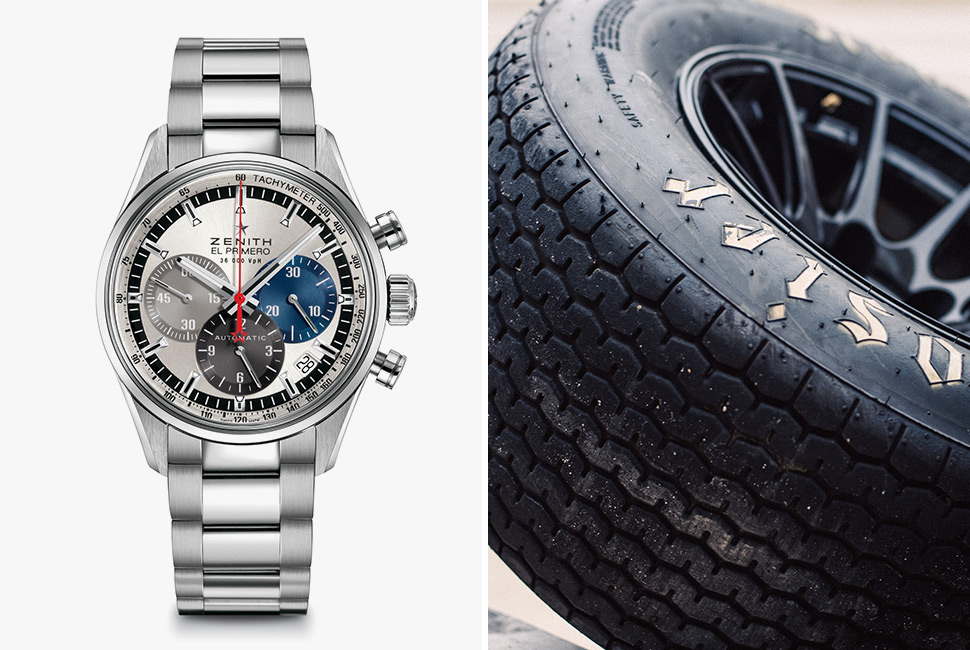
The Automatic Chronograph: Declaring a winner in the Zenith vs. Seiko vs. Heuer/Breitling/Hamilton-Buren/Dubois-Depraz race to create the first automatic chronograph is contentious business. Regardless, Zenith’s El Primero — first or no — was ahead of the competition in terms of innovation. While automatic watches from the other groups used a simpler modular, cam-actuated movement, Zenith opted for a more complex but much smoother column wheel movement and used a fully integrated design. What’s more, the El Primero had a 36,000 vph high-beat movement that not only had a second hand with an appealingly smooth motion, but could record time within 1/10 of a second as well. Today the El Primero continues production as one of the very few high-beat chronographs on the market, and remains one of the most advanced chronograph movements of all time.
Learn More: Here
1971: Heuer “McQueen” Monaco
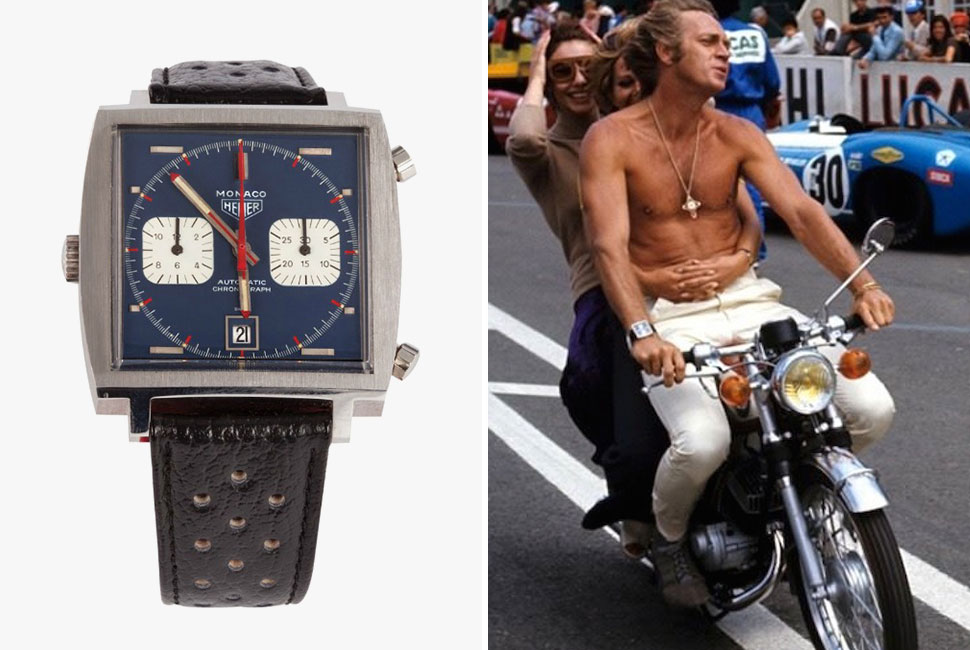
The Avant-Garde Chronograph: After the Heuer/Breitling/Hamilton-Buren/Dubois-Depraz group completed their automatic Calibre 11, Heuer knew it would need a stunning package to launch the new movement. It secured a deal with case maker Piquerez to exclusively receive its large square cases to house the new movement, making it the first of many avant-garde chronographs to follow in the ’70s. Aside from the case design, the Monaco owes most of its notoriety to Steve McQueen, who wore a 1133B version in the 1971 film LeMans, making it one of the most well-known watches of the decade.
Learn More: Here
